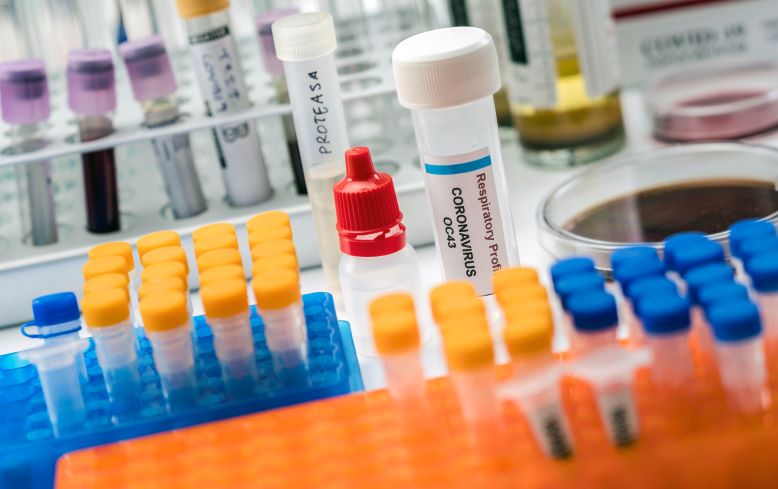
The BMD Team is pleased to present our food composter. With a processing capacity from 50 kilos up to 10.000 kilos a day, our food composter is suitable for almost every organization that works with food. Take a look at our website and get in touch with a better way for solving the food waste problems.
© All Rights Reserved




